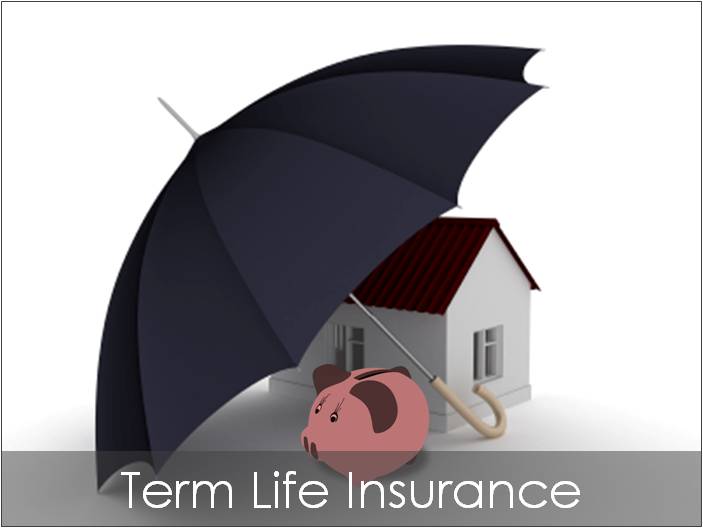Contrary to what some in the insurance industry would have you believe, I do not believe insurance products, in general, should be considered part of your retirement investment portfolio. Most life insurance, in all its various flavors (term, whole, variable and universal), comes into play after your death. Considering I plan to be alive during my retirement – that will make it easier to travel workout, etc. – life insurance does not really fit into my retirement portfolio, nor the planning.
Life Insurance Comes in Different Flavors
The one insurance product that might – I say might – be considered part of a retirement plan are annuities (variable, fixed and equity-index). While I am not a huge fan of these products, for some they can serve a role as an option for turning your retirement savings, your nest-egg, into a reliable retirement income stream.
Nathan Anderson | Unsplash
Though life insurance does not fit into my retirement planning, it is a part of my overall financial plan. “How?” you might ask. Before we get to that, as you might imagine, there are lots of different flavors of life insurance (term, whole, universal, variable, universal variable and likely some I am missing) available to consumers.
Term life is the simplest and least expensive type of policy. As the name suggests, it is in effect for a specific time period. It is pure insurance with no cash value account. This type of insurance policy has only one function: to pay a specific lump sum to the person(s) you have designated as the beneficiary upon your death. The death benefit and the policy limit are the same. As an example, a $350,000 policy pays a $350,000 death benefit.
While I won’t get into detailed descriptions of the other types here – there are any number of sites that can give detailed descriptions – in general the other types of life insurance provide both a death benefit and a cash value account. Their premiums are larger than term life premiums because they fund the savings account in addition to buying insurance. These policies are often referred to as cash value policies.

Back to term life. Three years ago I purchased this type of insurance, a 15 year – $350,000 policy, at less than $50 per month. This means that if I should die before the policy expires, February 2029, my beneficiaries will receive the $350,000 — $250,000 to my wife and $50,000 split between other family members.
My current plan calls for our mortgage to be paid off in 2025; hence the reason for a 15 year policy, which extends a little beyond that time.
If I should die before February 2029, the $250,000 is enough to pay off the mortgage today – and of course, the mortgage balance will only decrease going forward – ensuring that my wife will not have to touch any of the money in our retirement accounts to deal with the house.
The bottom line? Going into retirement, with or without me around, my wife will be in a position to go into retirement without any debt and a healthy retirement investment portfolio intact. While the term life policy is not part of my retirement plan, it is part of the overall financial plan for my family.
Final Thoughts
Life insurance can help provide financial security for your family, as my own example illustrates. However, understand that while insurance product may play a role in your overall financial plan, they are not investment products and are not really a tool for funding retirement.



